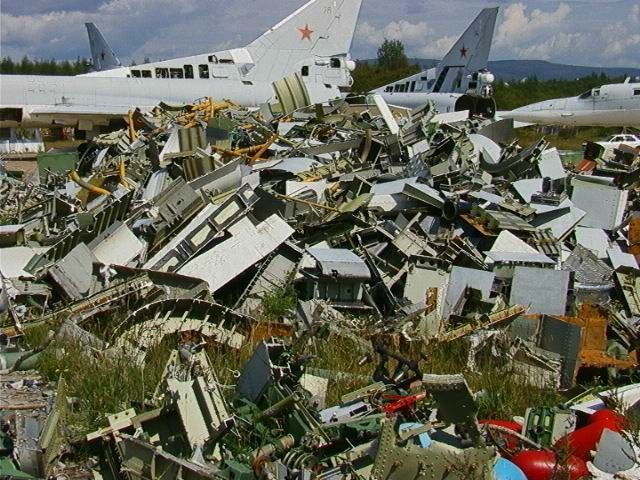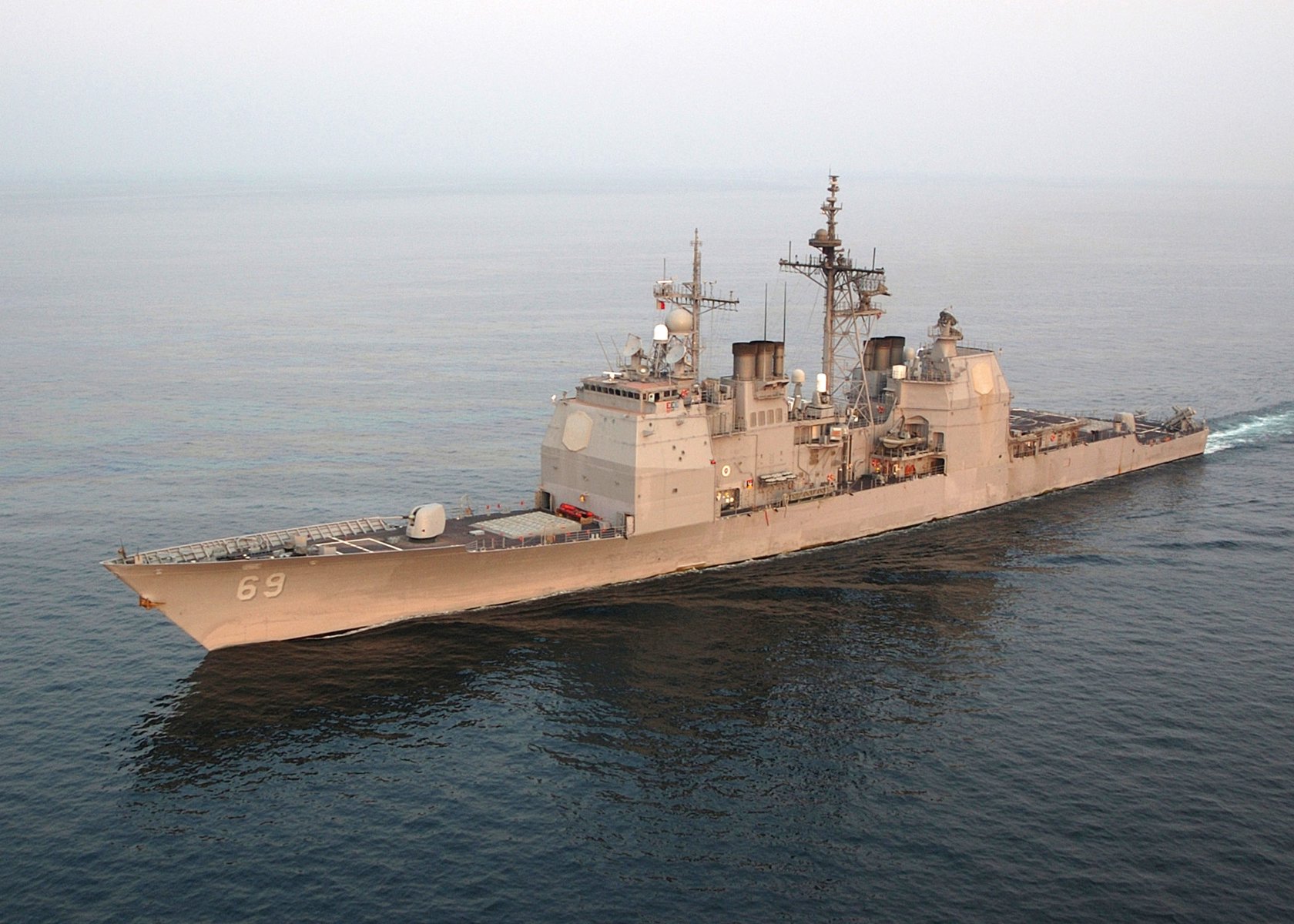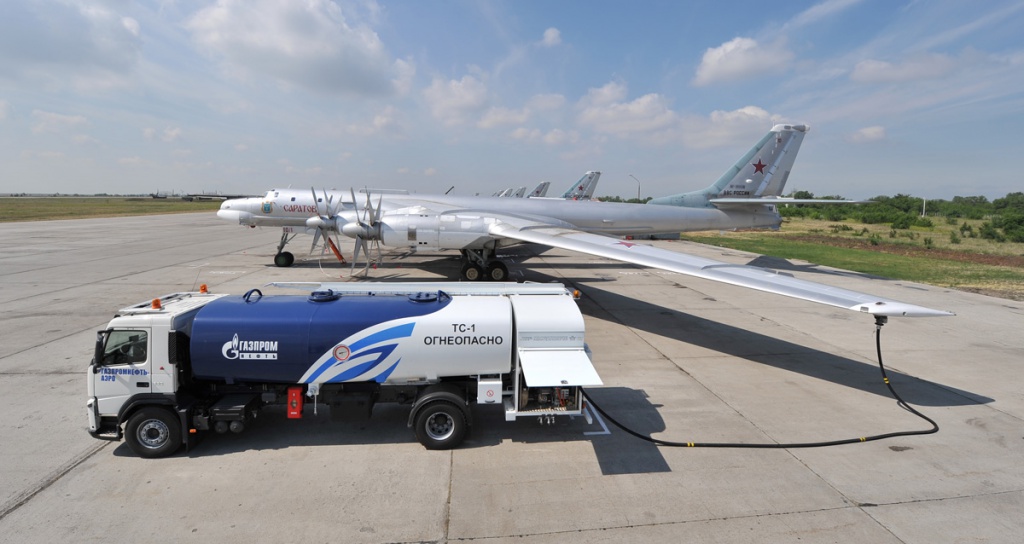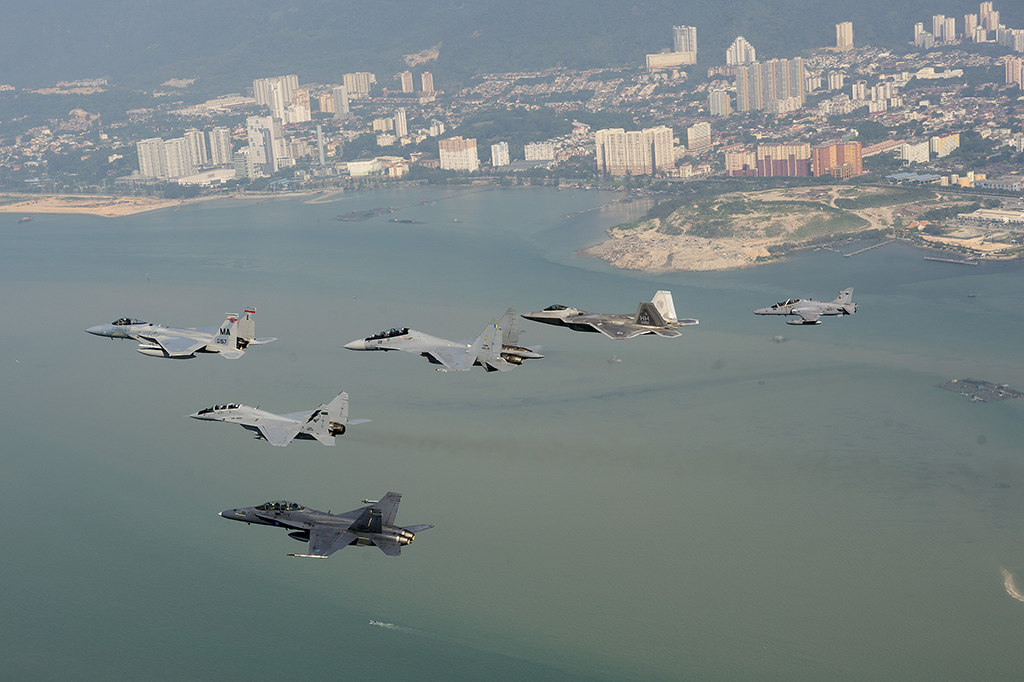On the 3rd of March, seven Russian Fighter Jets departed from Novofederocka airbase, situated in Crimea. They flew straight out over the Black Sea, towards 2 North Atlantic Treaty Organisation Warships, the U.S. guided missile cruiser Vicksburg and the Turkish warship Tugutries. Russia’s government owned media described the mission as a simple reconnaissance exercise. The jets practiced the tracking of ships from a long distance while staying just on the border from which the vessels could take action and shoot back.
This sort of patrolling has become even more common since the fighting between Russia and the Ukraine emerged. Russian registered aircraft approach NATO warships and airspace and practice simulated combat manoeuvres or engage in reconnaissance. The rate of Russian Jets and Bomber patrols in the surroundings of NATO borders have tripled in just one year, but it’s still below the weekly flights common during the Cold War.
https://youtu.be/K3fr02KWI_o
You shouldn’t be to worried, though. To be sure, the Russian Air Force is Formidable. It’s the second largest in the world, in terms of combat aircraft, with an estimate of 2,500 of which more than 70% are in service. Unlike Russia’s Navy, which has been essentially reduced to a coastal defence force, its air force is still capable and lethal by Global standards. It proudly carries the name for the world’s second-largest strategic-bomber force, which is capable of delivering nuclear weapons thousands of miles from home.
But Russia’s air force has several problems familiar to other different branches of the Kremlin’s military. With few exceptions, its aerial fleet dates back to the Cold War and is getting even more older, and is surely in need of an upgrade. Modern and capable fighter jets are entering service, but only in small numbers. Over the long term, Russia’s air force’s strength is expected to fade out further.
The roots of these problems date back to the collapse of the Soviet Union in 1991. Factories producing aircraft and parts have sadly enough, shut down or became part of foreign, predominantly Ukrainian, territory. Several Engineers who are specifically experienced in building jets have immigrated or retired. Moscow put a halt to buying modern, new planes – it bought not even a single jet until 2003 — and halted the majority of it’s training exercises.
Russia compared to other air forces
Russia has a lot of catching up to do with the Americans, as their technology is advancing by the day but they are still in time, as the number of problems the modern day jet fighters like the F35s are bumping in to are uncountable. The Kremlin now is considering modernizing its air force a top priority. This isn’t just acquiring new, modern warplanes but also upgrading the avionics and engines on existing ones. Last year, the Russian government spent more than a billion dollars on newer avionics and electronic warfare systems, which can allow Russian jets to more effectively flood radars and enemy jets with electromagnetic energy.
Altogether, the government is planning to spend $130 billion on modernizing its air force through the rest of the decade, according to research scientist Dmitry Gorenberg’s blog Russian Military Reform.
Russia’s state armament program, which sets out military procurement policies through 2020, heavily emphasises relying even more on domestic manufacturing. “Such an approach is not without its own difficulties,” noted OE Watch, the monthly newsletter of the U.S. Army Foreign Military Studies Office, “which the Kremlin does not publicly discuss.”
Among these problems is that Russia’s domestic industry has some serious shortcomings when it comes to building microelectronics. These components are less glamorous than airframes and missiles, which Russia builds quite well, but these little pieces of technology are crucial for modern fighters. The technology enables lethal advantages like night vision and thermal imaging systems.
Building up the domestic aviation industry isn’t just a job-creation program. For Moscow, it’s a total necessity. A huge amount of Russian military hardware came from Ukraine until the war between the Ukrainian government and pro-Russian separatists put a finish to that.
Ukraine’s state-owned military company, Ukroboronprom, for example, produced many of Russia’s helicopter engines until the firm cut ties last year. Russia cannot physically produce enough engines to modernize its helicopter fleet, according to the Royal United Services Institute, a British defence research group, so most of its engines were made in Ukraine.
Russia and Ukraine co-built the An-124 heavy transport plane, which relies primarily on Ukrainian factories for more than half its parts. One of the largest Ukrainian aviation factories that supplied parts to Russia is in Zaporizhia, in the vicinity of pro-Russian separatist territory.
The U.S. plans on building 2,400 F-35s during the next two decades, and has already started delivering them. That’s on top of the U.S. Air Force’s 187 operational F-22s already in service. Which means Russia’s most advanced planes will be heavily outnumbered.
Meanwhile, the rest of the Kremlin’s fleet will just keep getting older.
[CSSBUTTON target=”http://www.migflug.com/nc/en/jet-fighter-flights/flying-with-a-jet/mig-29-fulcrum-in-russia.html?cHash=8c2a4fa123b26db07d5882a12bd1eddc&sword_list%5B0%5D=russia” color=”#F22F2C”]Experience a Russian MiG-29 Fighter Jet Flight![/CSSBUTTON]
Additional Reading –
- Fighter Jets in comparison right here!
- How they built the SR-71, one of the most interesting facts!
- Some of the best mid-air selfies
- Navy preparing to launch new EMALS system
Sources –
- Daily Mail
- Reuters
- sputniknews.com
Author – Jake Meilak





When was this article written? Did the author hear anything about the purchase of 50 Su-35, the upgrade of almost all MIg-29 with new radars and R-77 super missiles, and the expected entry in service in 2016 of Pak-FA – far better than anything US Air Force posseses?
Far better? In your dreams. They will buy only 12 new T-50…
Is the writer realistic. In which scenario is the American air force vastly superior. There most modern fighters( f 35) are not manuverable during combat. While Russian fighters are super nimble. The f 22 is costly to maintain and has serviceability problems. Eyropean Tornados have outclasses it . The Russian radars can see thru the American so called stealth. And as most of the conflicts taking under the watchful eyes of Russian radars American fighter stand no chance of coming close enough to deliver there payload. And the Russian air defences well American better stay neae there border .
The fighter of Russia are getting upgraded the newer pak fa. And mig 29 are more than a match .
Also the writer I think doesn’t understand russian war thinking. They r not a expiditionary force. They are always in there radar and missile shadows. So they needn’t have so called sophisticated micro electronics and counter measures . They have ground controls to take care of them . And thr Russian counter measures are so good they can destroy and American measures .
And the future fight won’t be between air forces. It will be between air force and air defence force. And in which Americans can’t come nearRussians
This article explains a lot as to why Russia has stagnated in its development of new aircraft and inability to maintain what it has. Put it all together, the Russian economy can not support its own military, it has to sell most of what Russian factories make just so they can stay in business. Even then they are behind in delivering orders and are losing customers. China, whom has not developed much on their own, has only stolen technology, and since they don’t have the back up research are really hampered in perfecting what they got or advancing it. China’s jet engine technology is worse than Russia’s, they can’t even get a reliable commercial engine let alone a military jet engine. Russian engines are very heavy maintenance and it looks like limited in spare parts. If you look at just one or two items it looks like both Russia and China can match us or exceed what we can, but if you put all of the pieces together, Russia never recovered from its collapse and China became too bold in its copying of foreign technology and will now be on a decline as the west is pulling away from doing business with them.